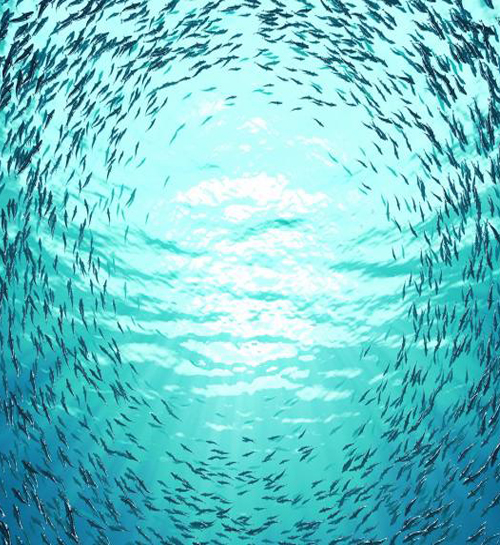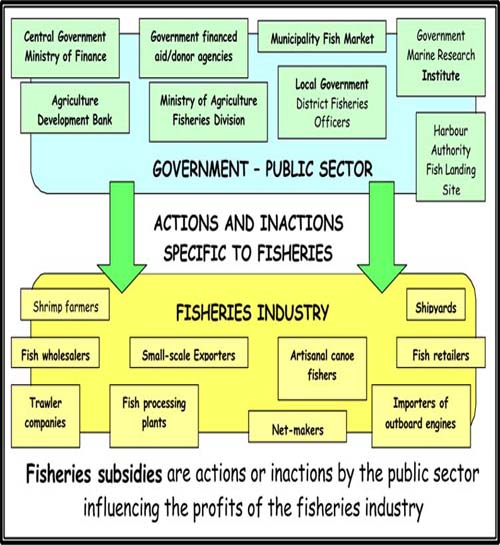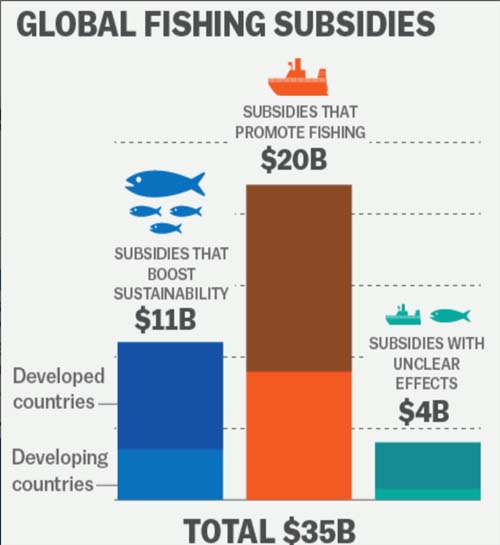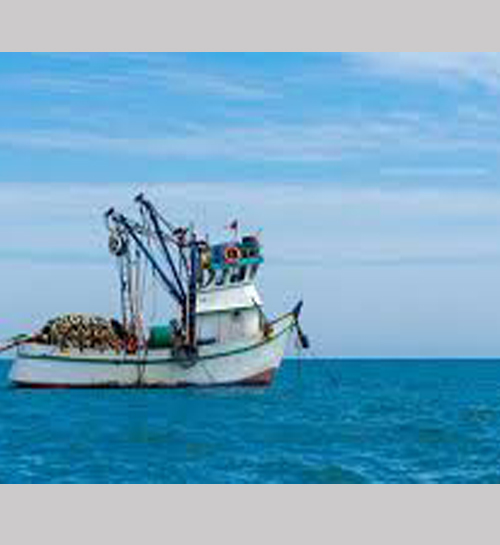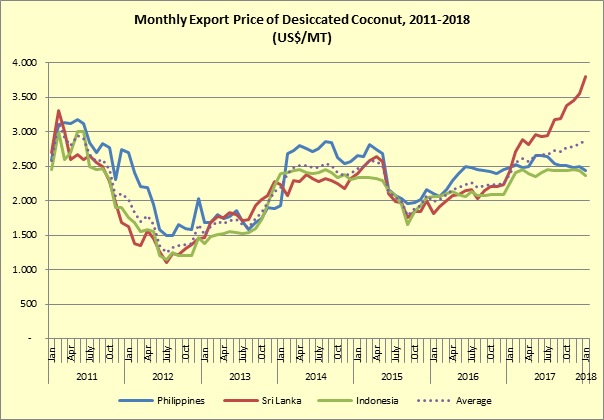Fisheries subsidies
A fisheries subsidy is a government action that confers an advantage on consumers or extractors of fish in order to supplement their income or lower their cost. Fisheries are the key source of protein and livelihoods for the millions in coastal communities, who are powerless by themselves to tackle the heavily subsidized industrial fishing boats and the overfishing that these involve. According to FAO data, the percentage of stocks fished at biologically unsustainable levels increased from 10 percent in 1974 to 34.2 percent in 2017. These subsidy means that the taxpayers are the paying industrial boats to degrade the environment, food security and livelihoods of the coastal communities, whose lives depend on it; they are also fostering inequality in this manner.
There is an on-going negotiation on the fisheries subsidy, which was launched in 2001 at the Doha Ministerial Conference, with an instruction to clarify and improve the existing WTO (World Trade Organisation) disciplines on fisheries subsidies. The negotiations are being done as according to WTO the harmful fisheries subsidies are estimated to be at 14 billion USD to 20.5 billion USD. That instruction got elaborated in 2005 at the Hong Kong Ministerial Conference, which included prohibiting certain fisheries subsidies which contributes to over-capacity and over-fishing. On the next ministerial conference, they reached to an agreement which delivers a sustainable development. The members of WTO are negotiating the rules to prohibit subsidies which threatens the sustainability of fishing and to ensure conservation of marine resources. India recently submitted its proposal at the on-going negotiations at the World Trade Organization (WTO) on preventing harmful fisheries subsidies.

